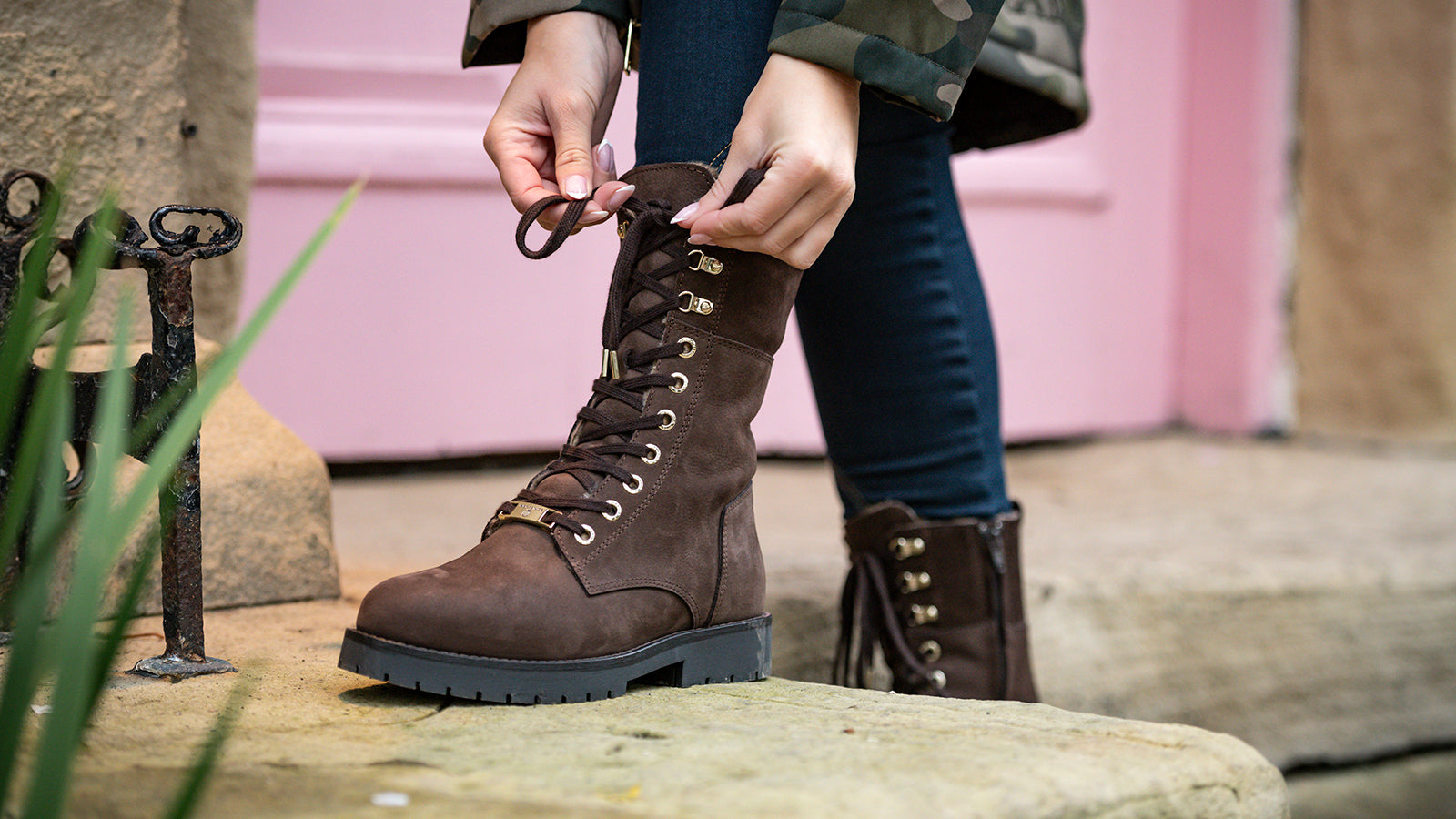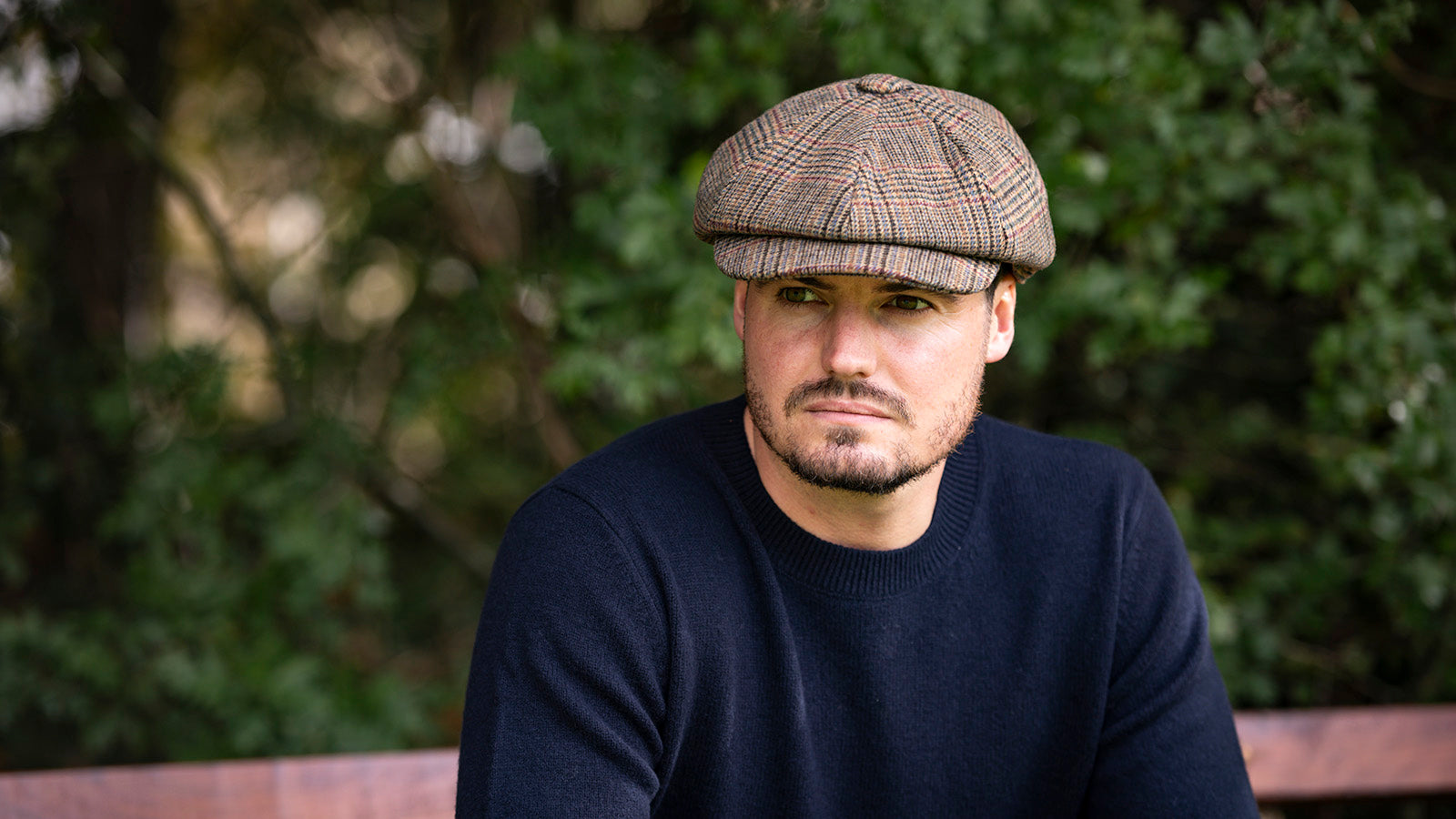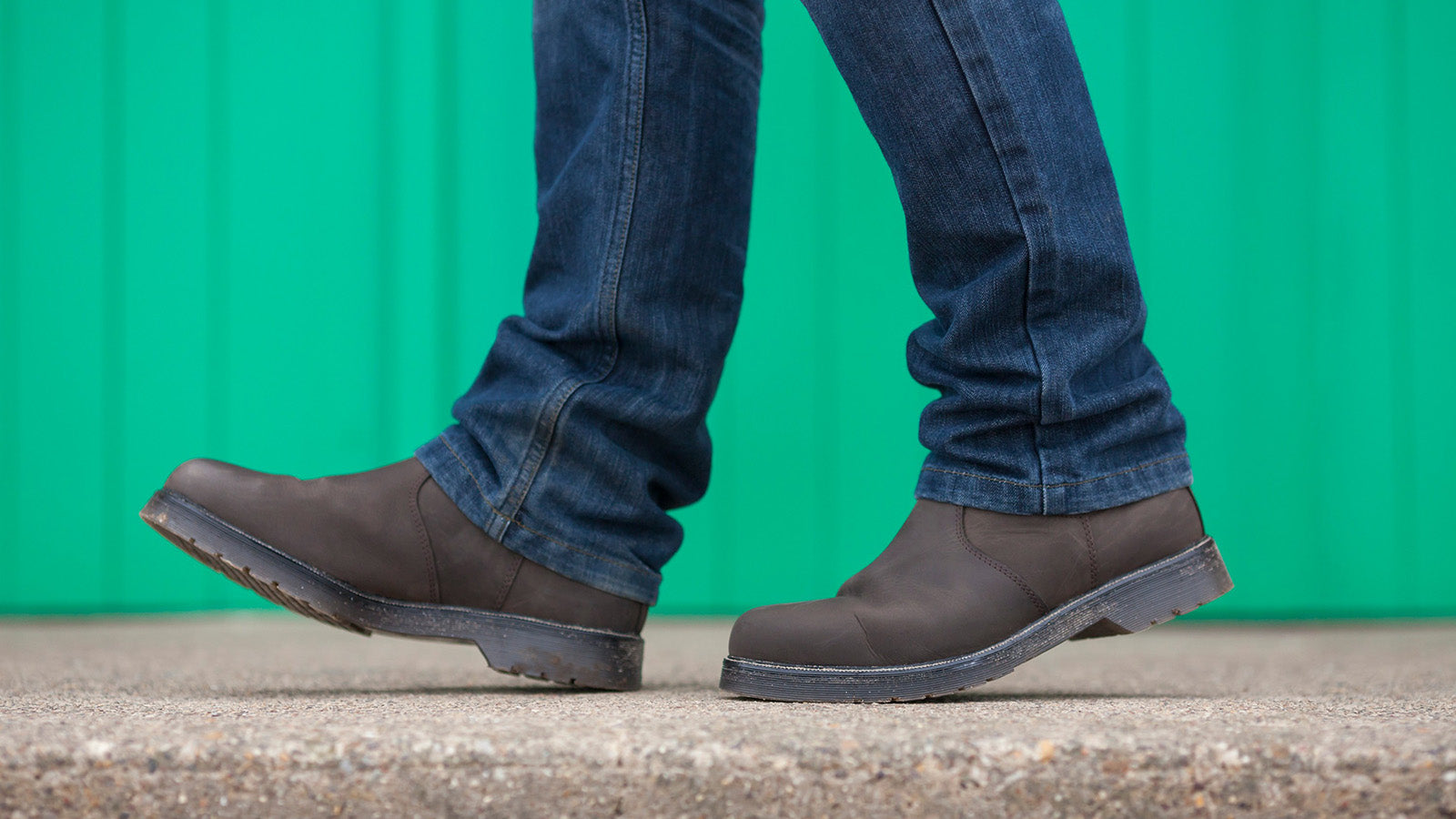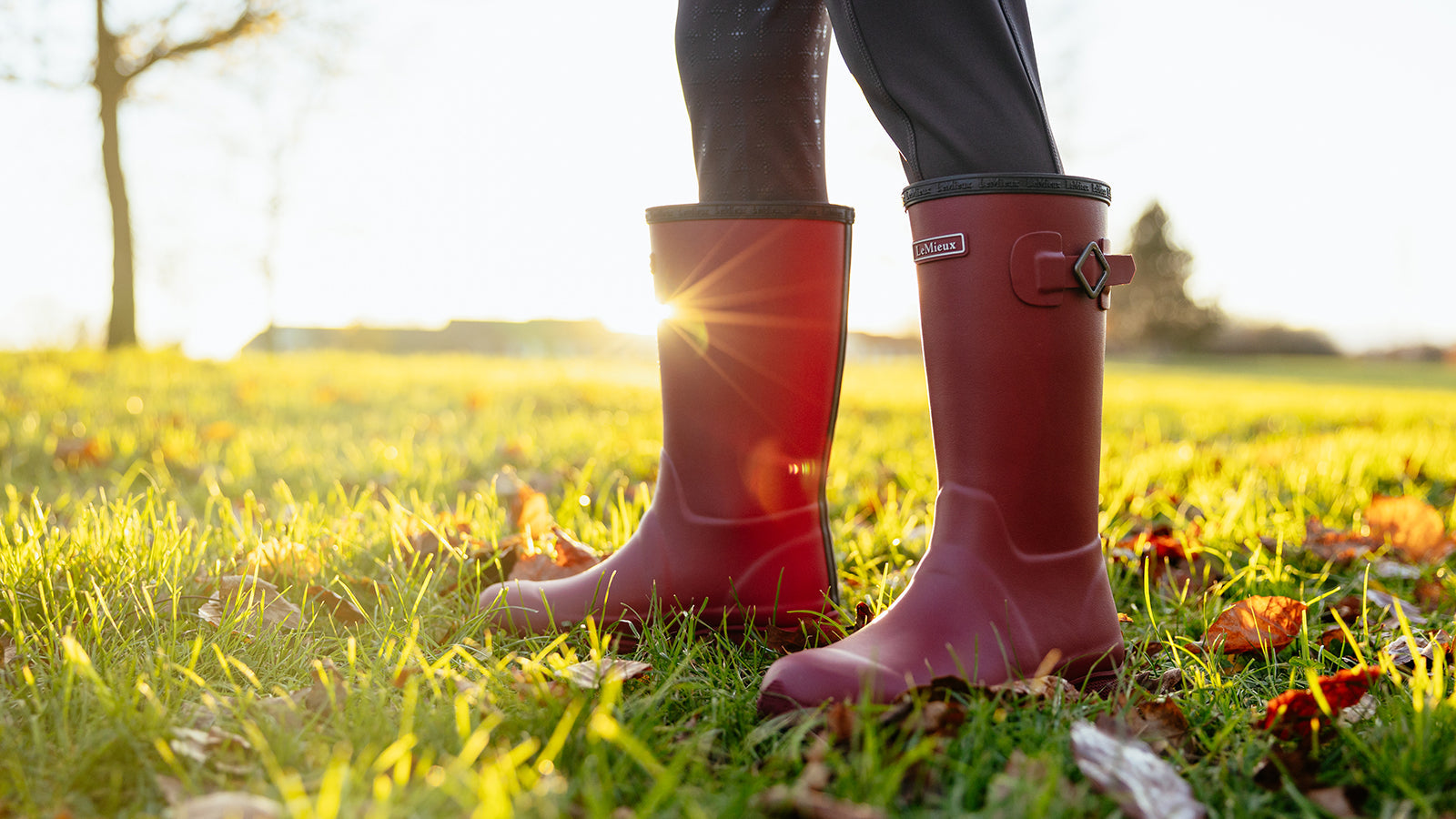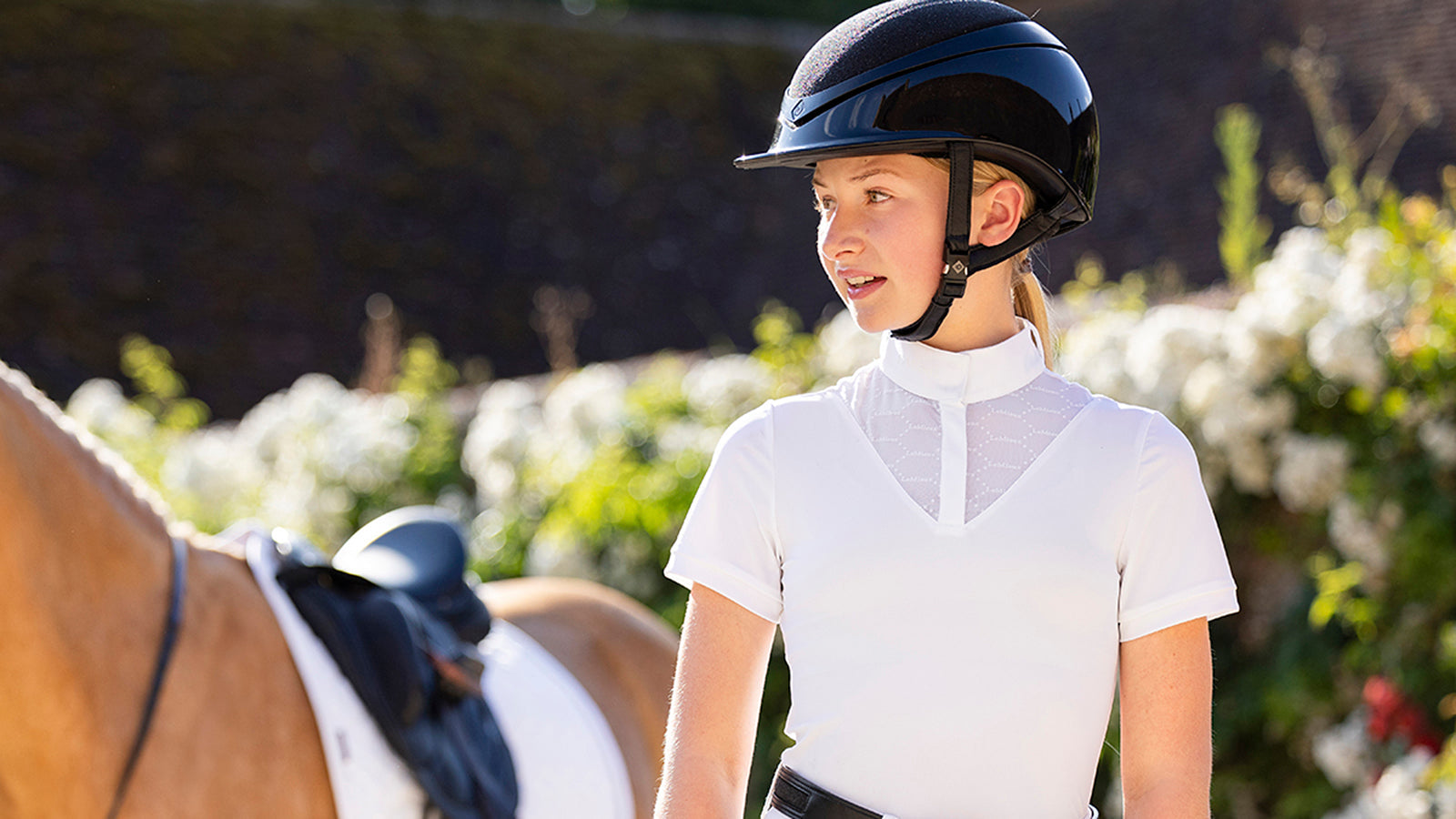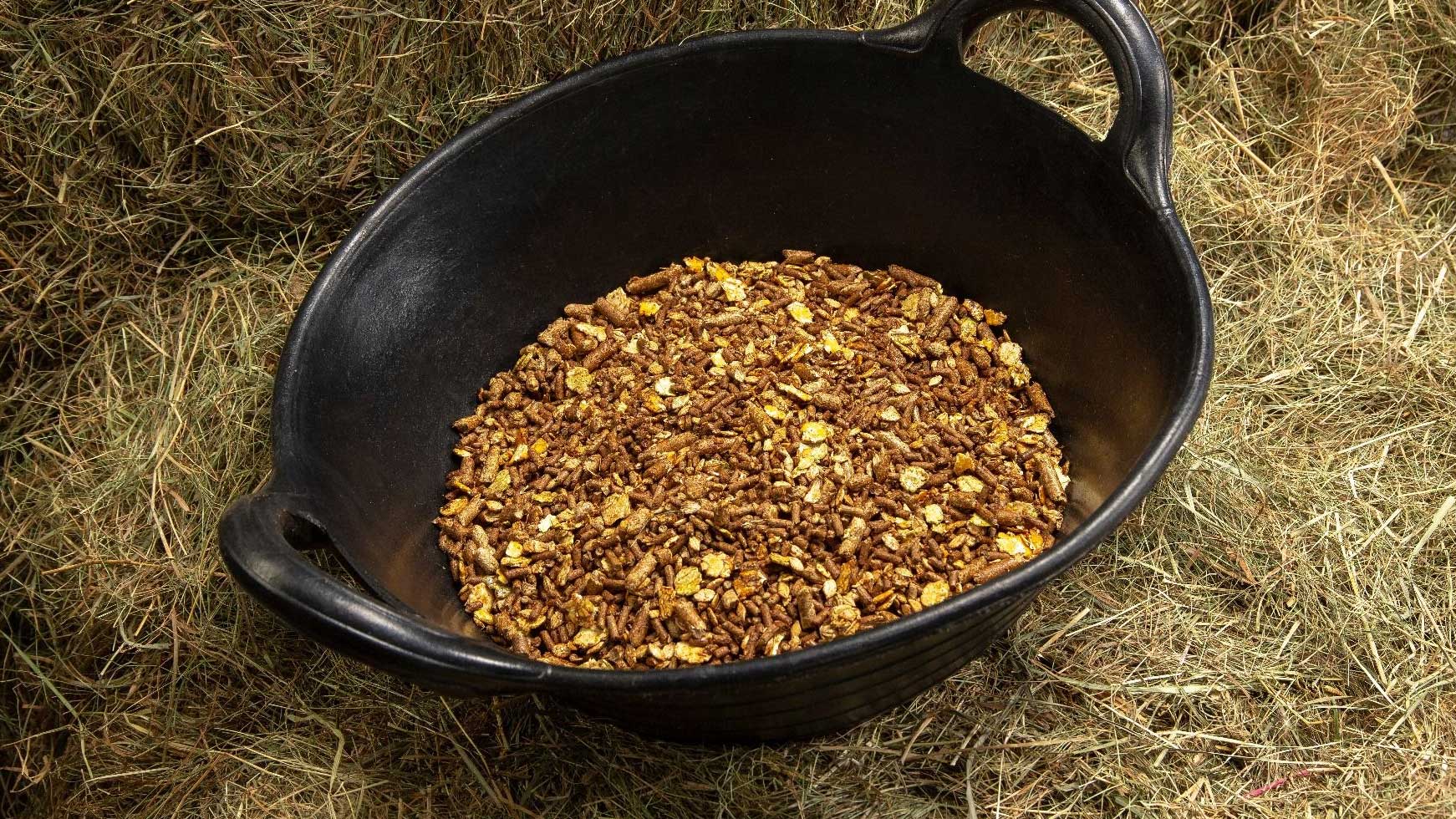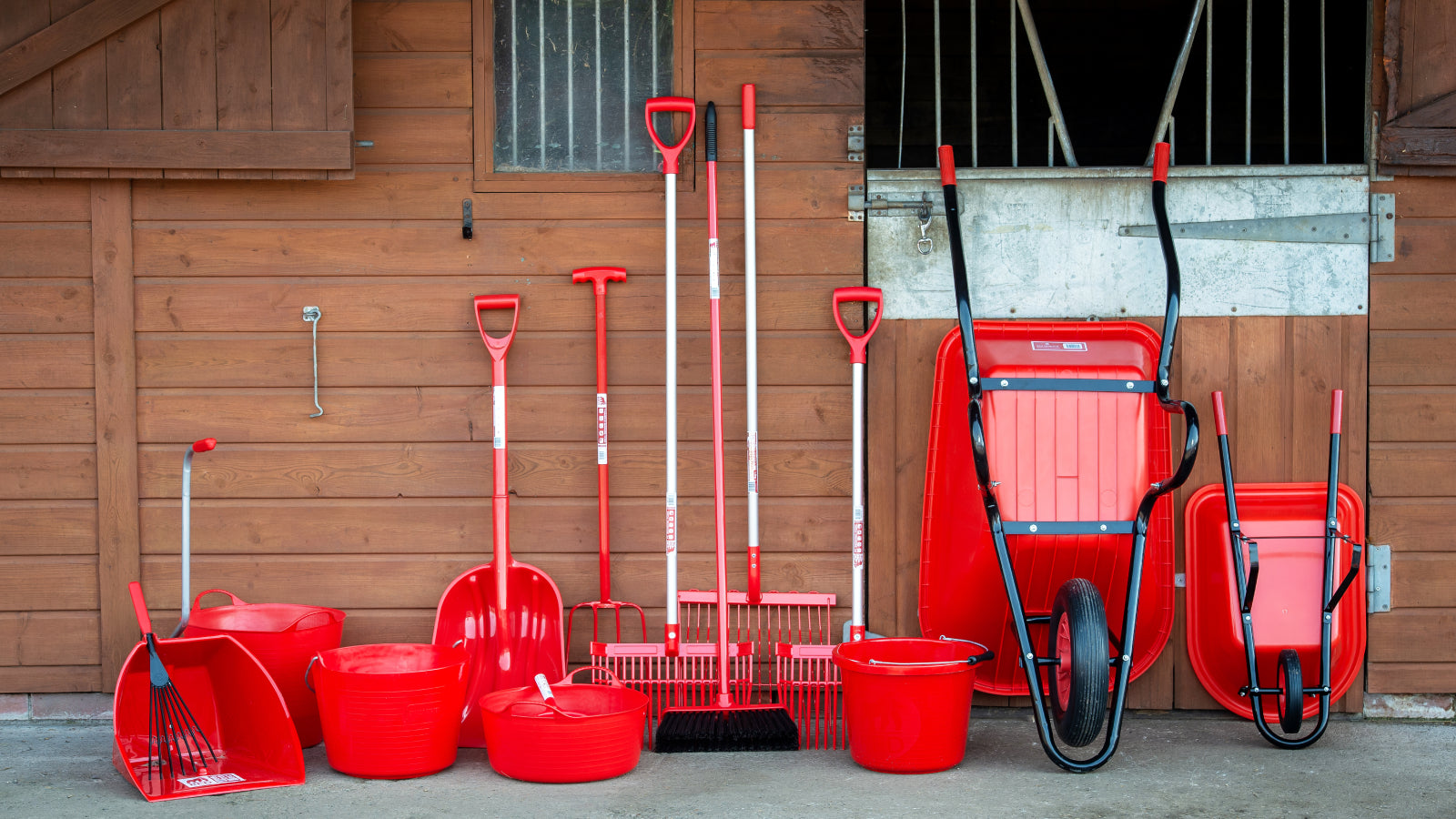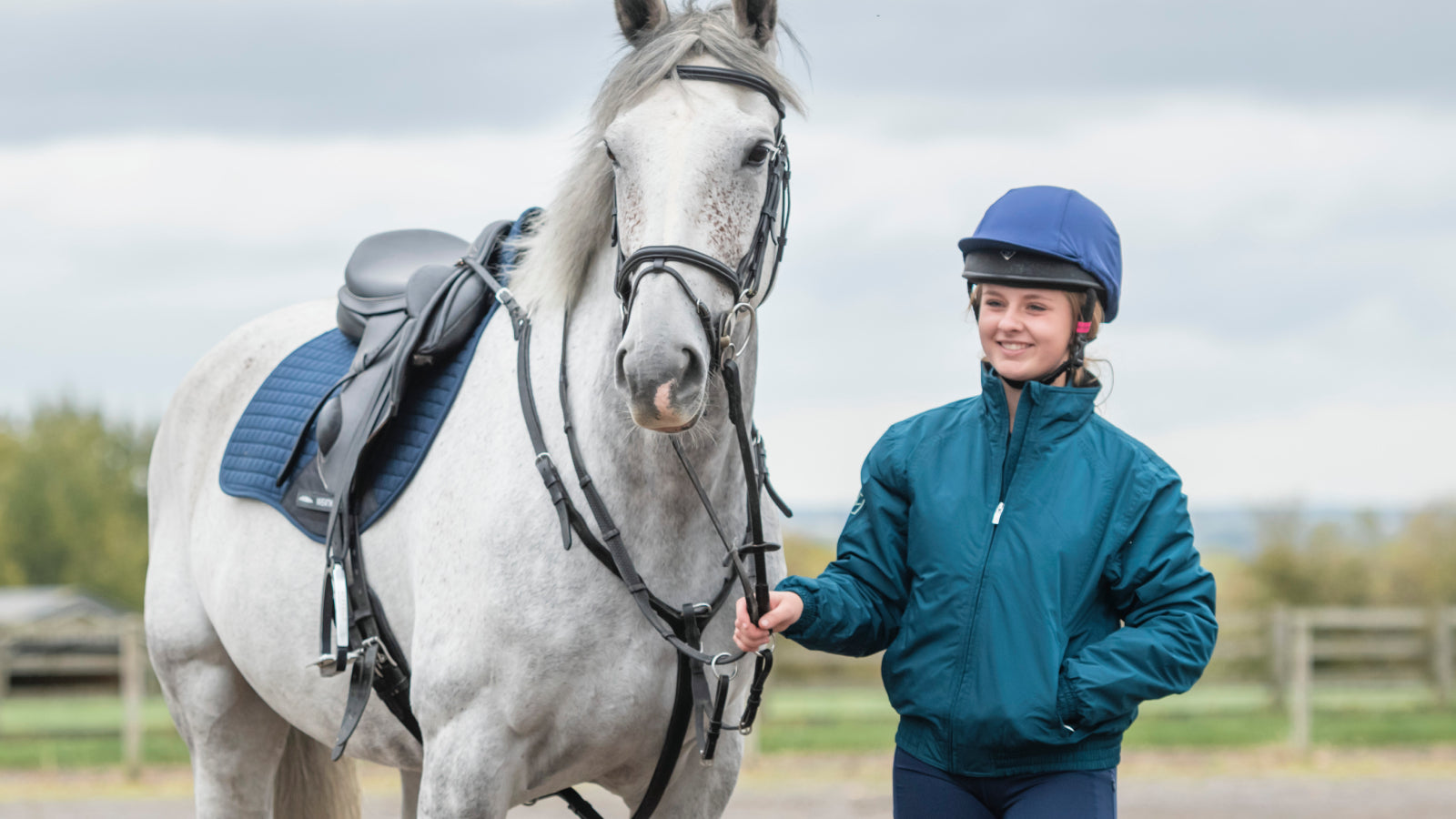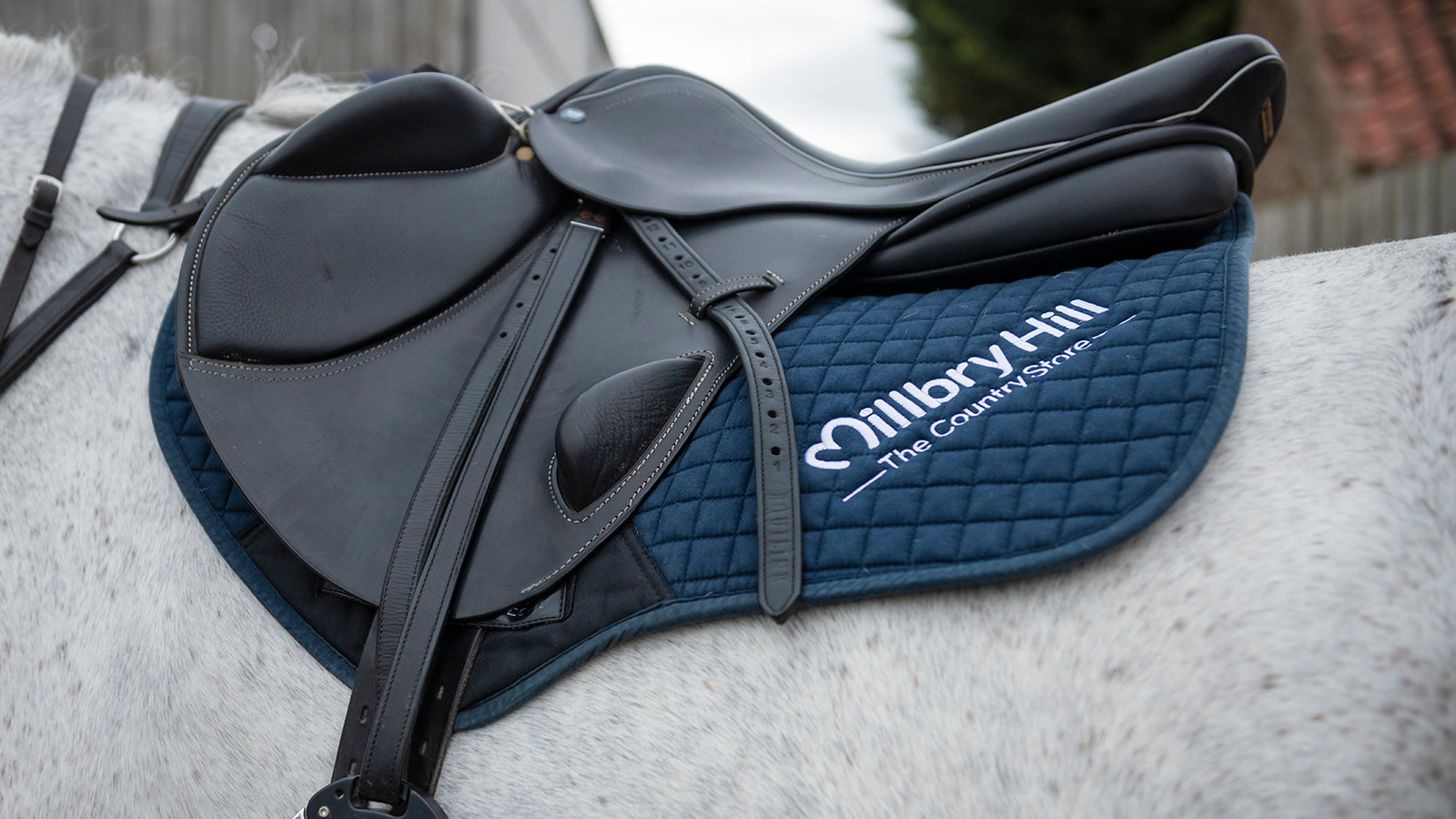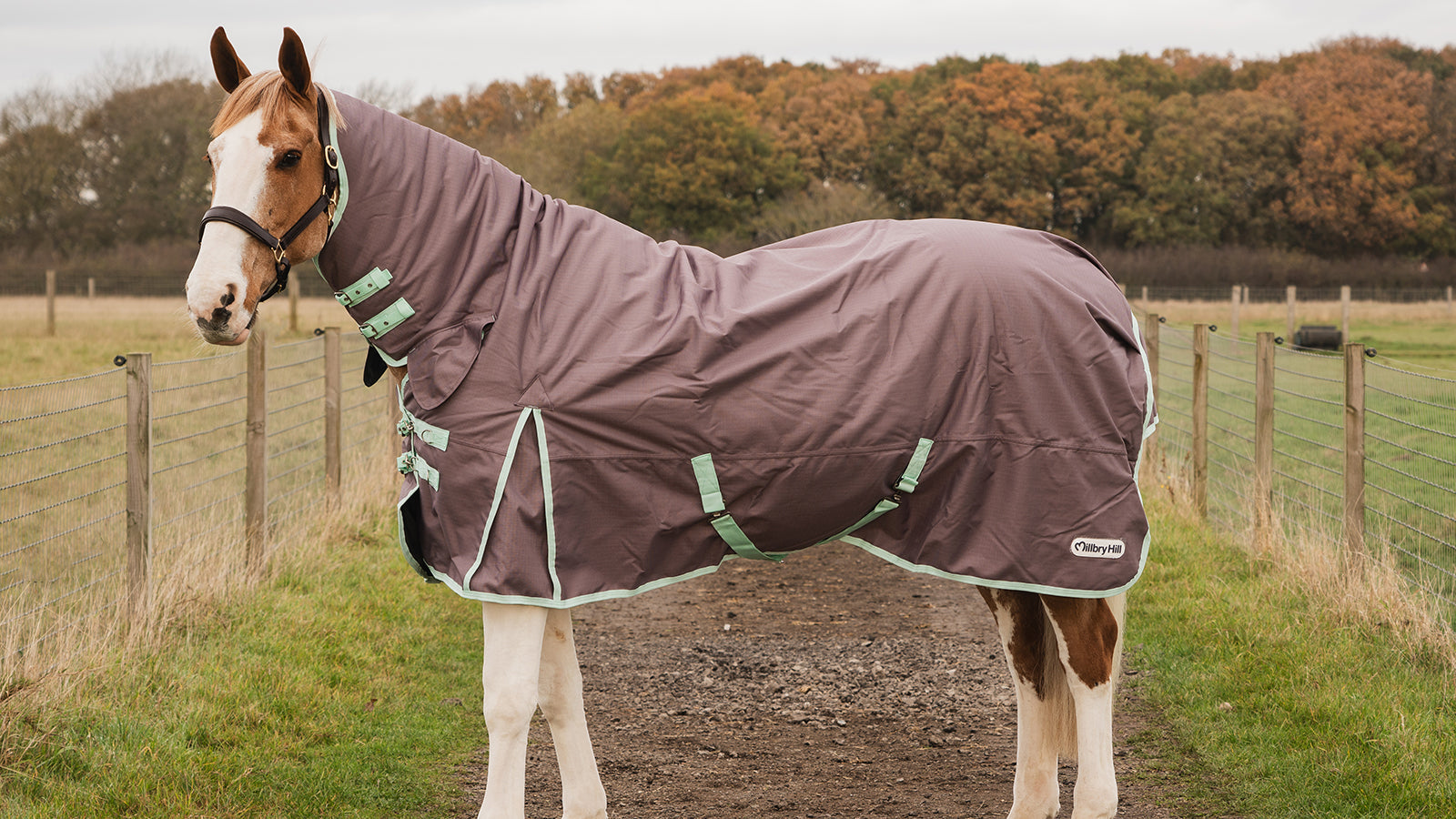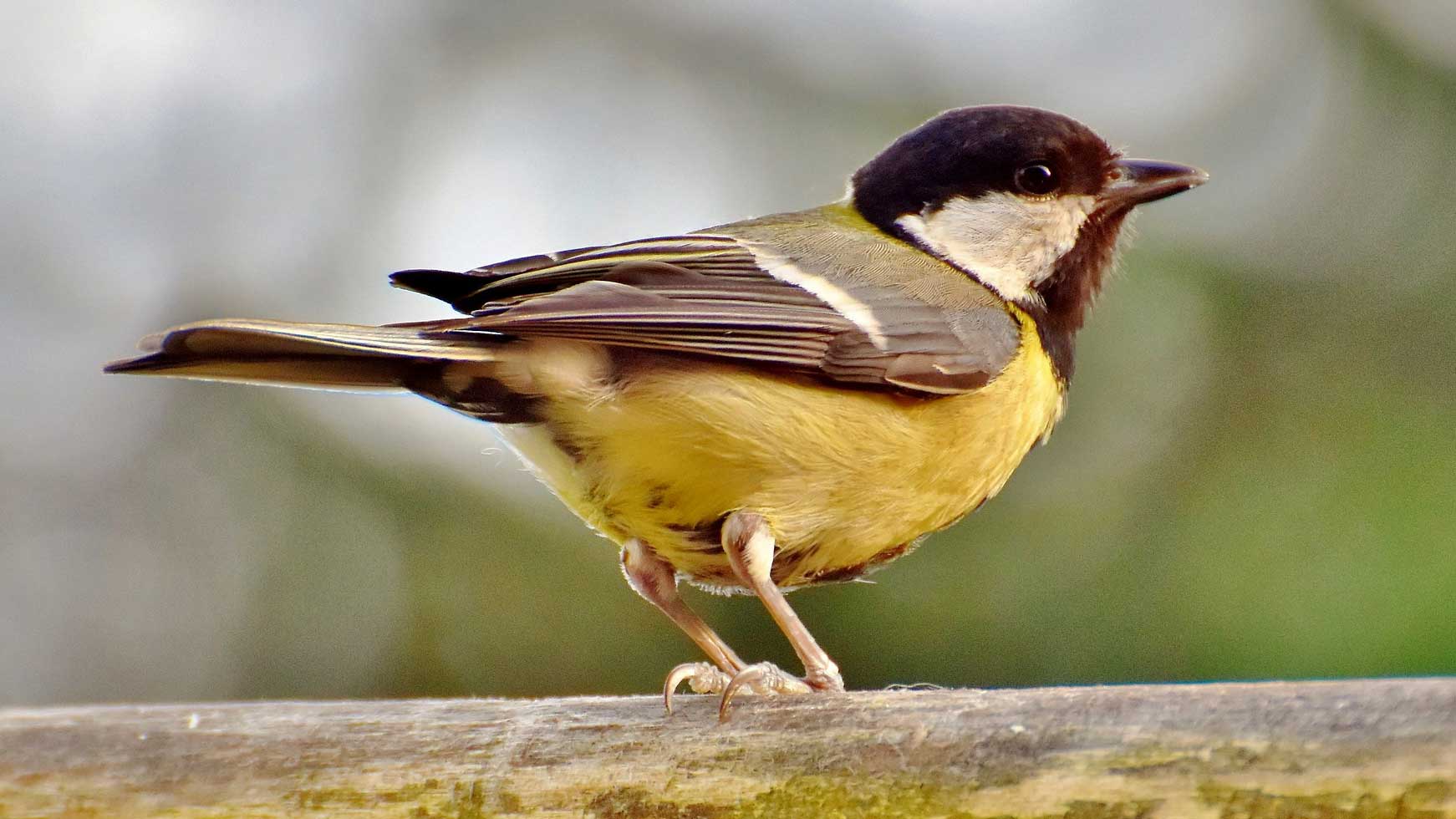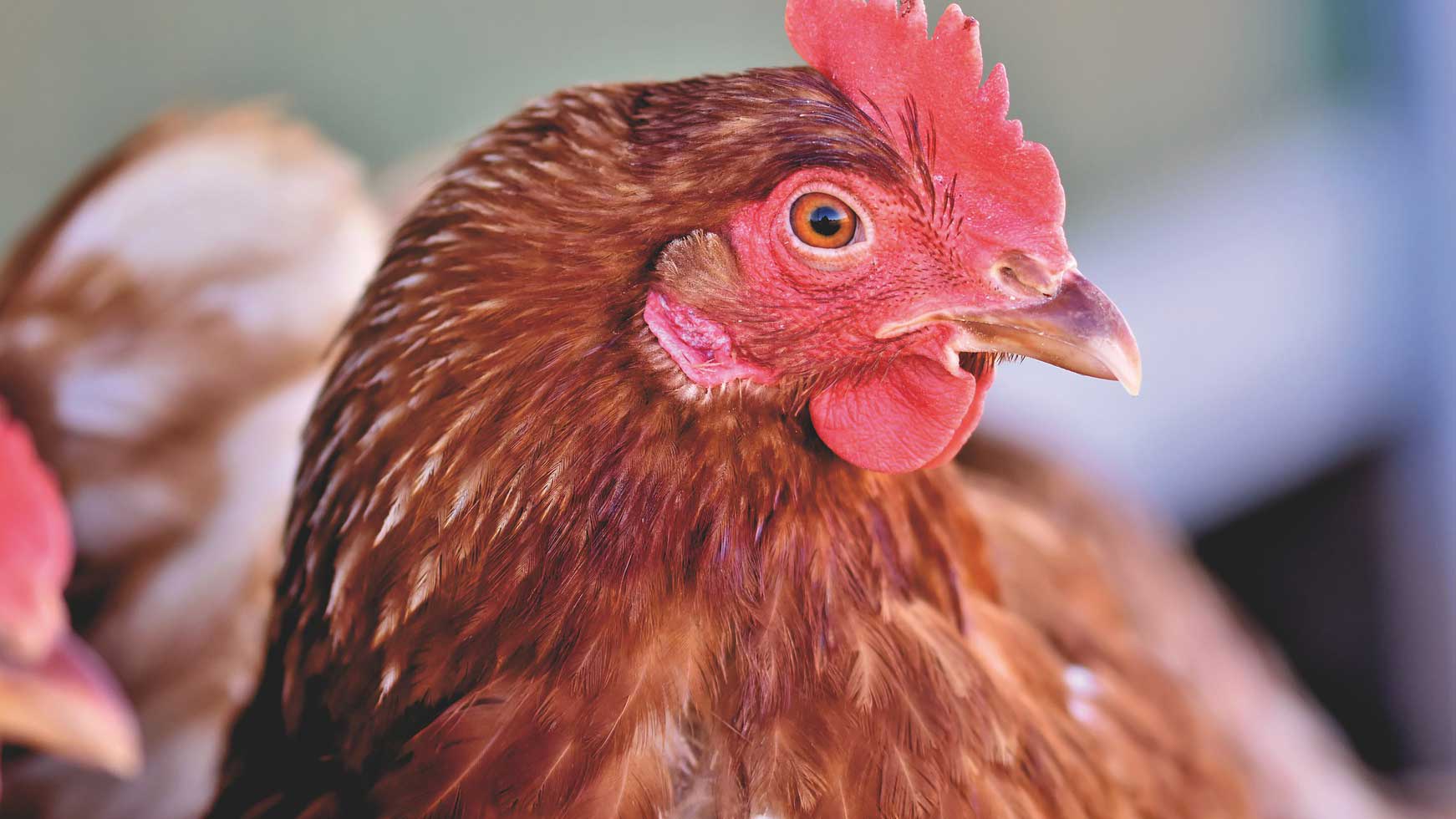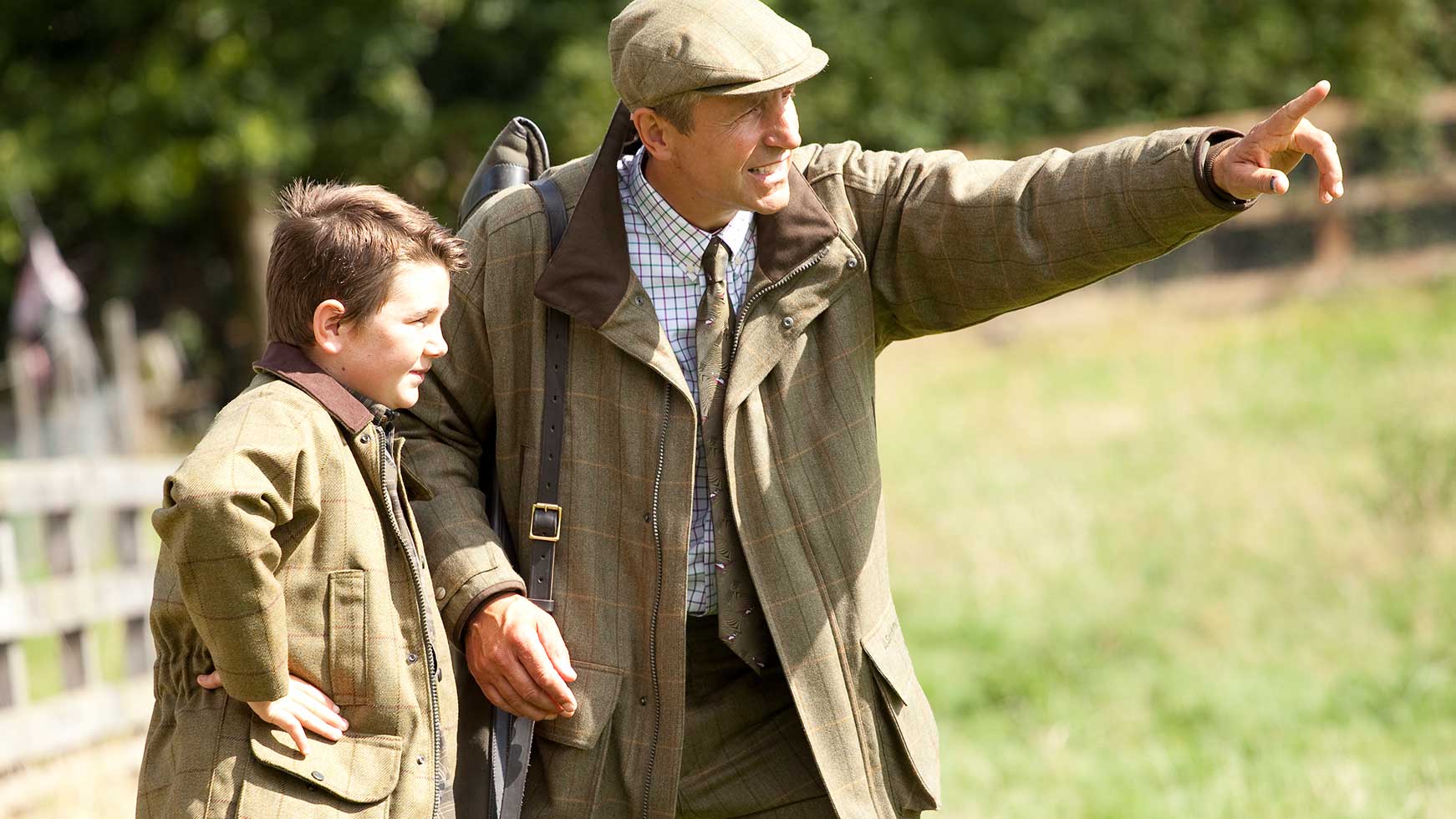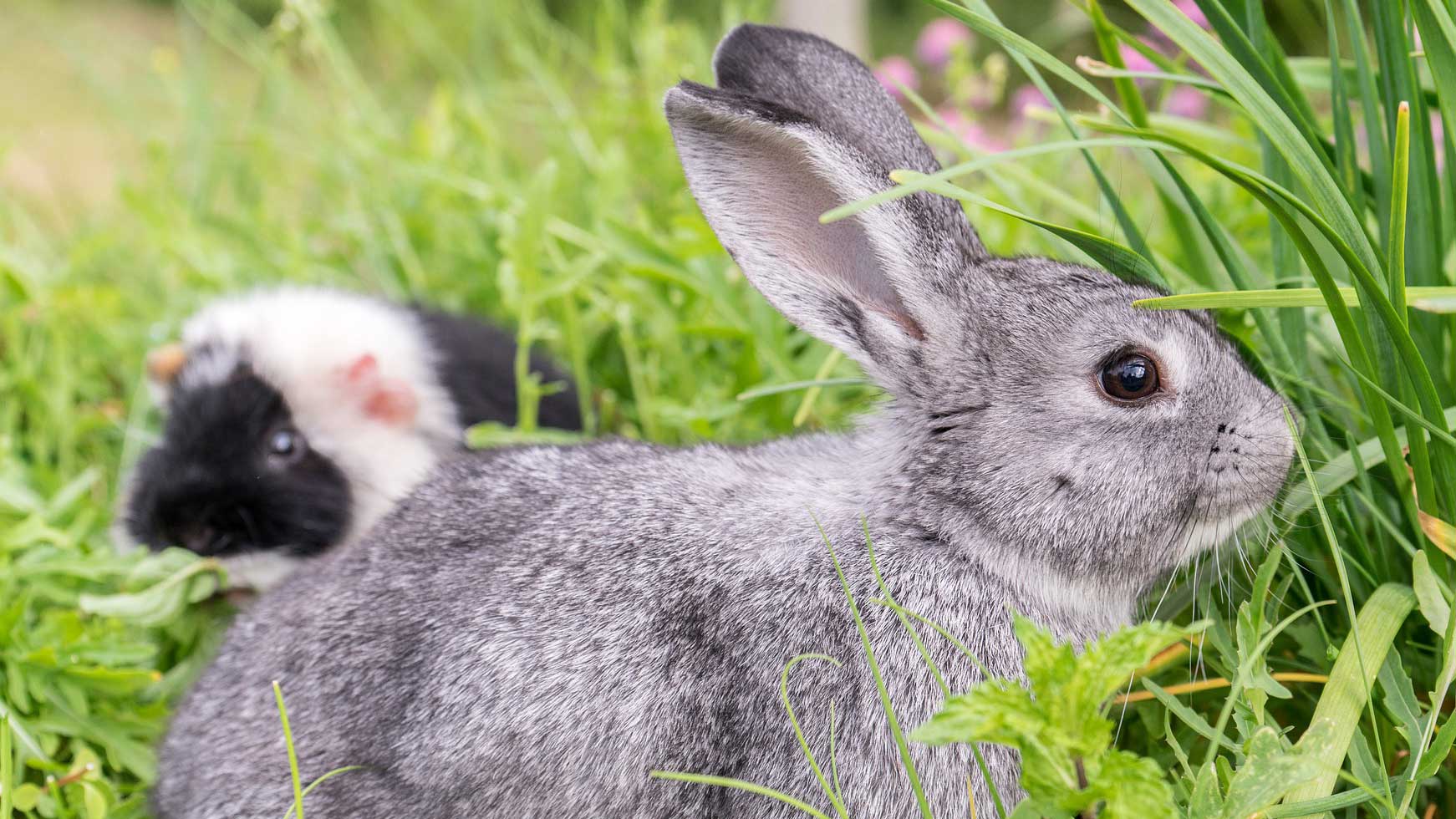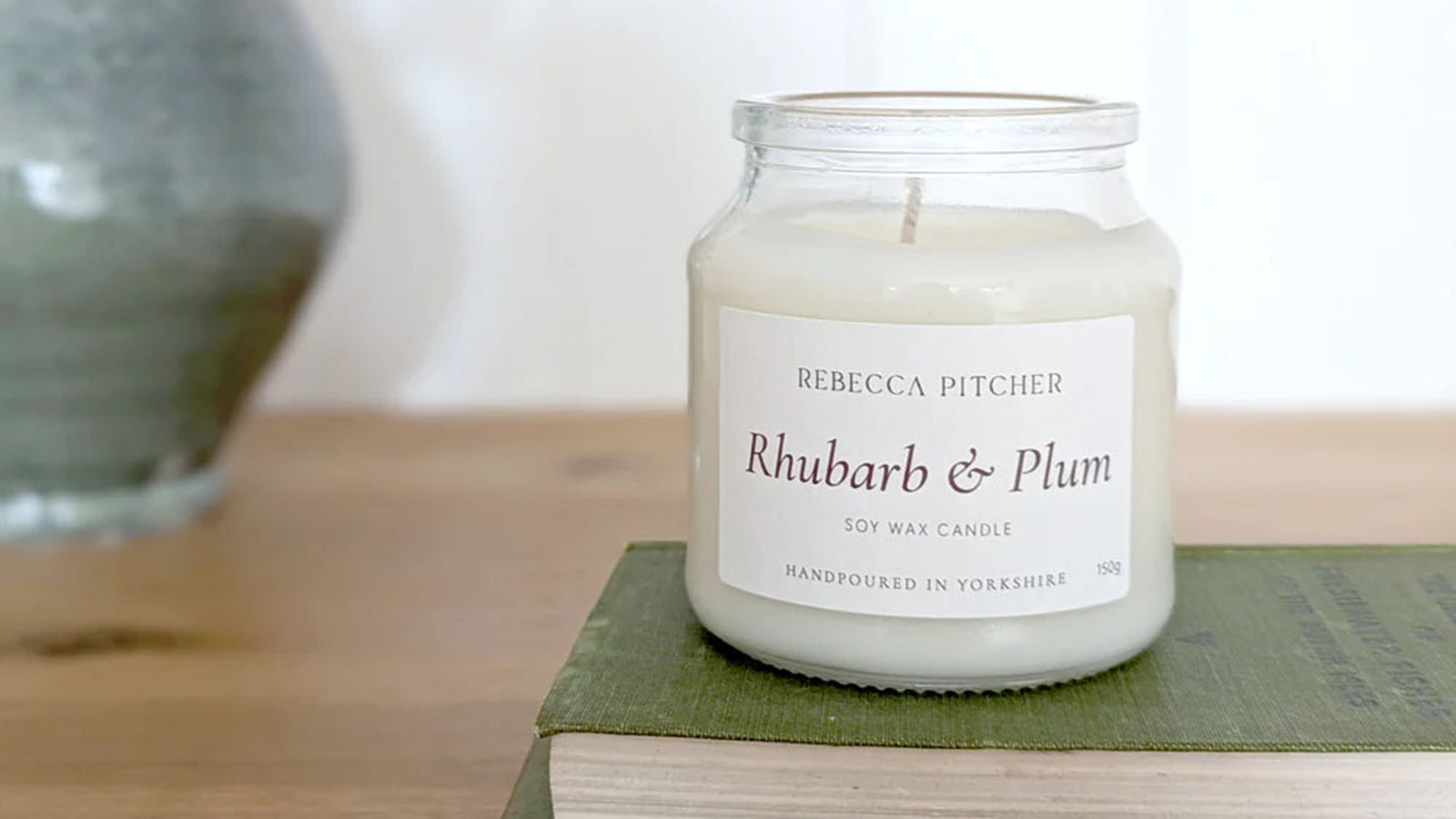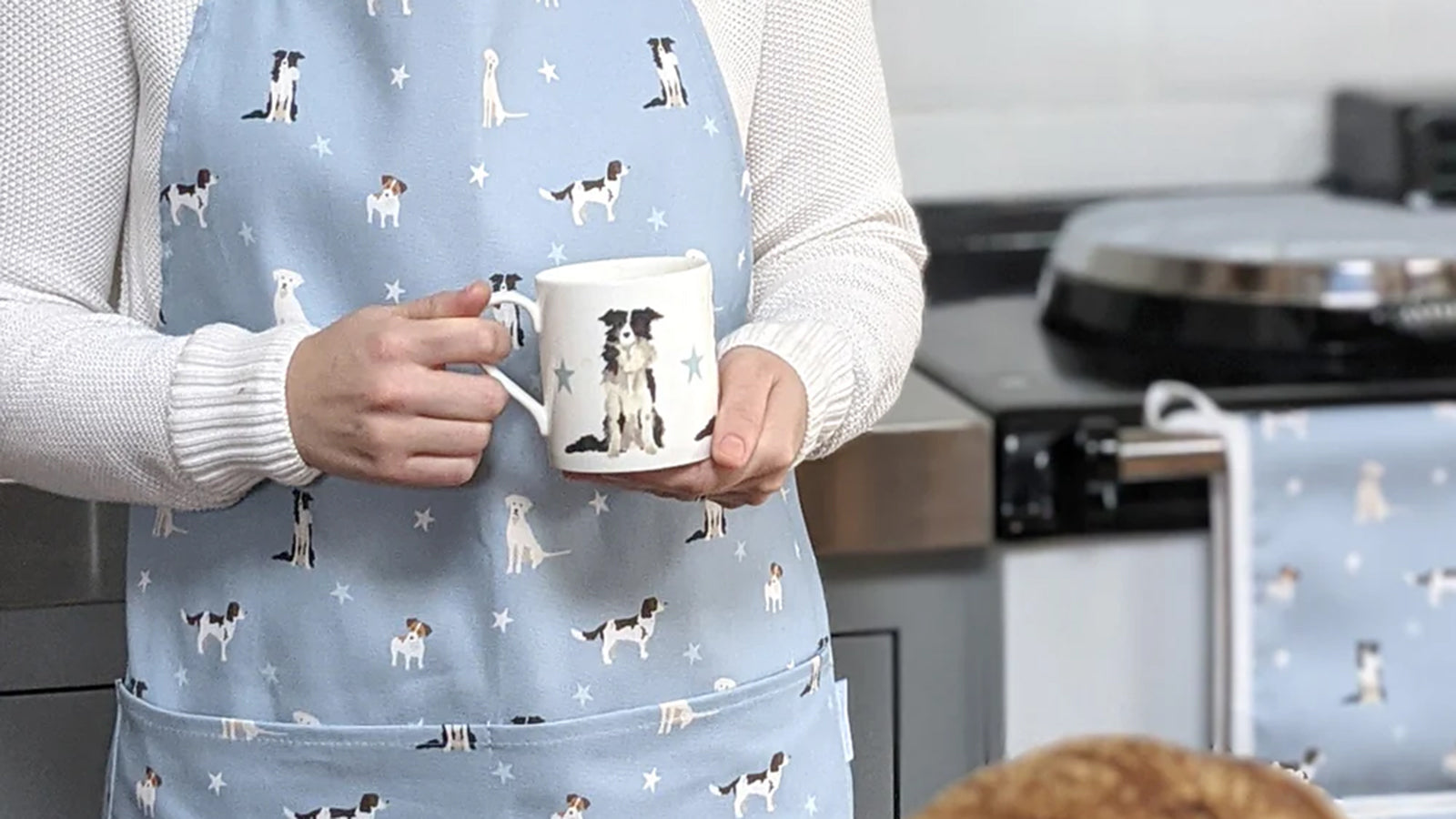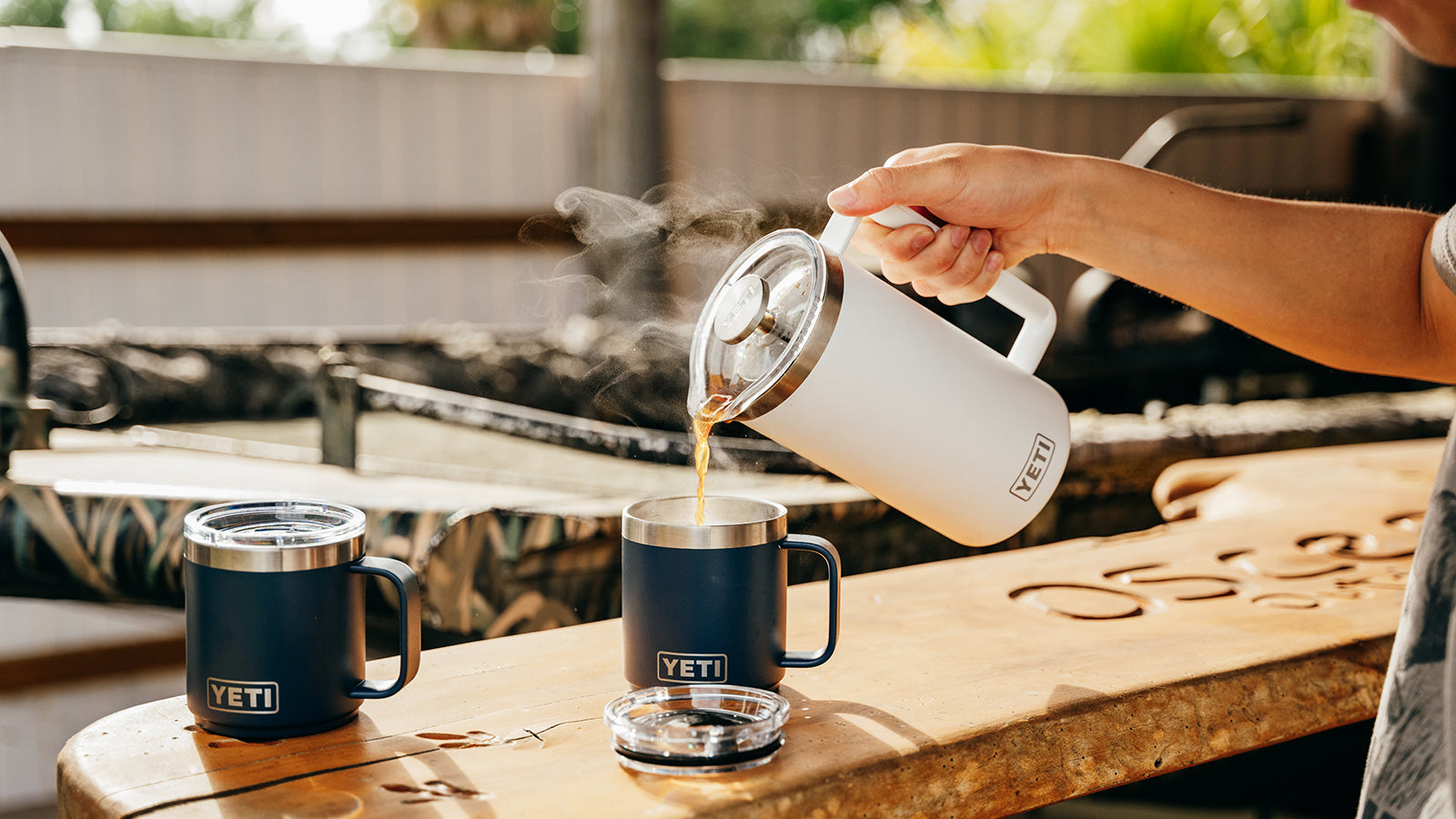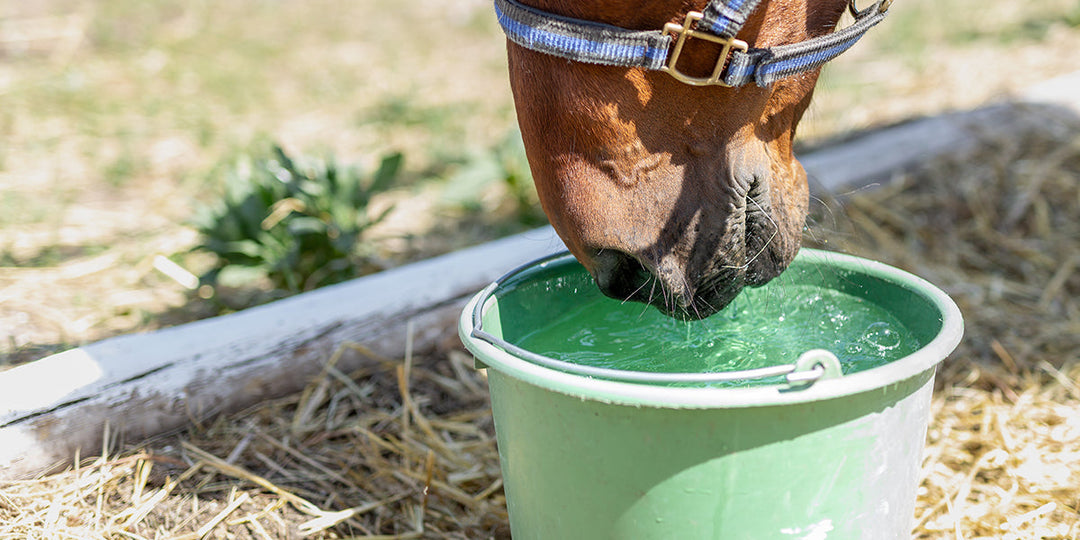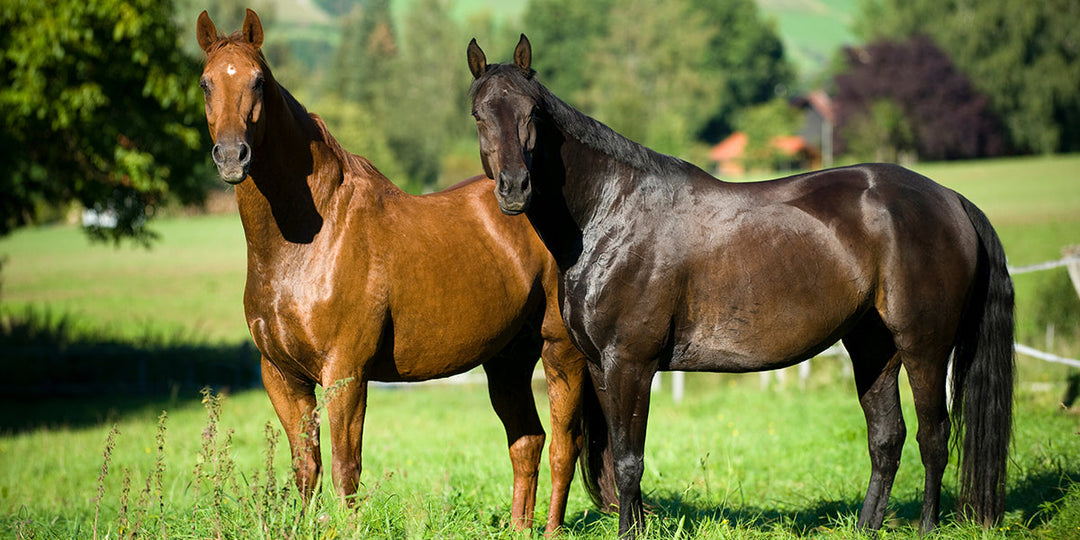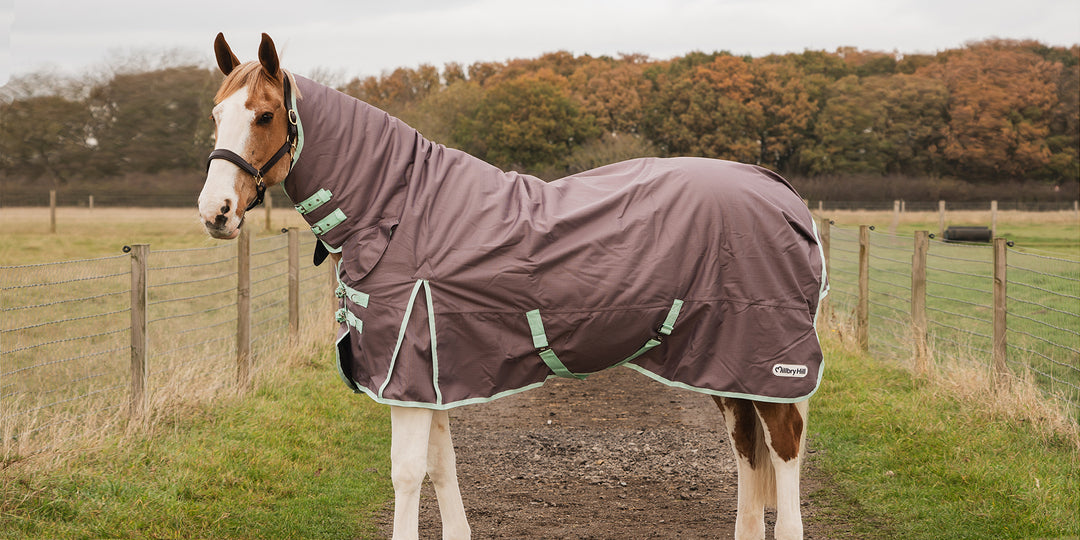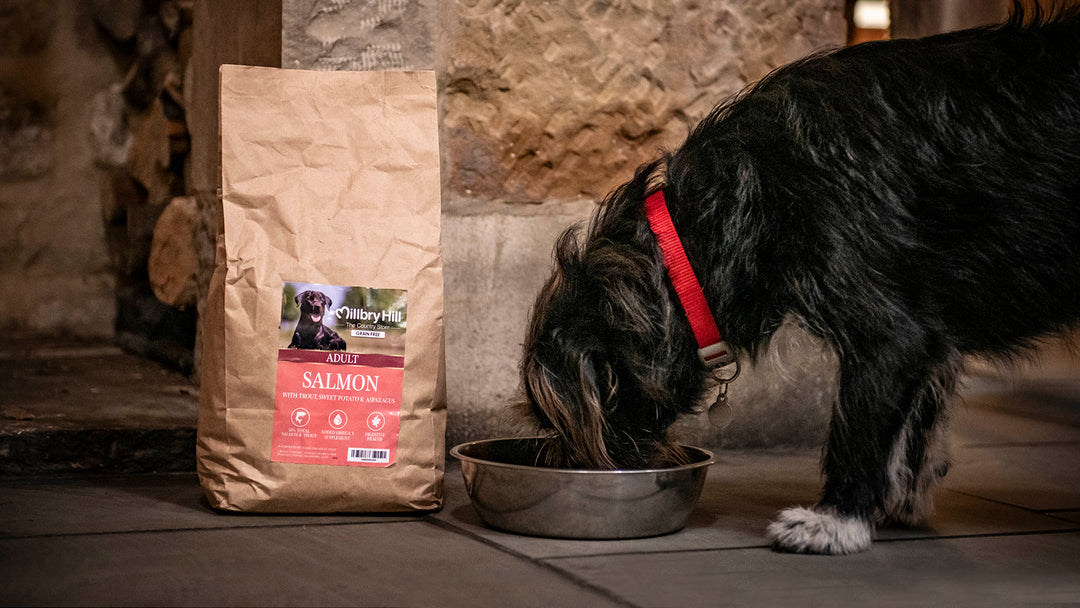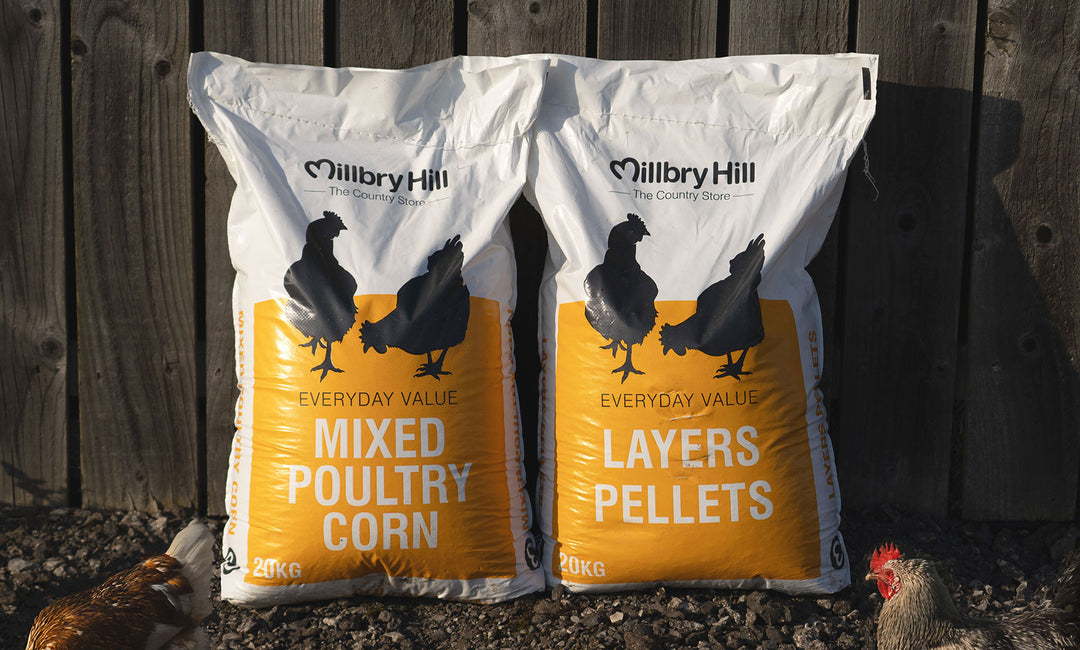An Owner's Guide to Mud Fever in Horses
Mud Fever – an infection, an inflammation, or just a pain?! For many, the winter means one thing, a constant battle with mud fever…
What is Mud Fever?

Mud fever, or Pastern Dermatitis as it is properly referred to, is a combination of scabs found on the pastern and lower leg area of a horse. It can also be found on the horses back, known as rain scald, and on the belly. It is an infection that is formed when the leg or body part is exposed to wet, muddy conditions. Often the infection can lie dormant in the horse until it is exposed to these conditions and the skin is compromised.
It is a fact that equine skin is desirable for many bacterial organisms, fungi and other parasites. Nonetheless, whilst dry and healthy these organisms do no harm. However, the problem occurs if the skin is punctured, or left in prolonged damp conditions, and the balance between is disturbed. This is when the mud fever begins to proliferate. Scientifically there is no breed, height, or age group that mud fever is most prone to, however, those with white socks do suffer the most as pink skin is more sensitive.
Symptoms

In most cases the leg will have heat in, and will be swollen. In extreme cases there will be thick puss between the skin and scabs. The hair will form into small crusty clumps and these will eventually fall out leading to large quantities of hair loss.
Due to the pressure and pain that is imposed on the horse’s leg, it is common that the horse will have a touch of lameness. If the mud fever has been there a long period of time, a loss of appetite, depression, and a dull looking coat is to be expected.
General Care

The main prevention is by keeping your horses legs clean and dry. This means if your horse’s legs are muddy after riding them or turning them out in the field, be sure to thoroughly clean and dry them. It is as important to properly dry their legs, as it is to wash the mud off.
Brushing off the scabs is a critical part of the healing process, however this must only be done when the legs are dry. Do not attempt to brush these off when the legs are wet or damp. In addition, if your horse has feathery legs or socks, it is advised to trim these as it shortens the drying time, and permits you to find any hidden scabs under the feather. Using clipper blades rather than scissors is more successful as the blade is able to get closer to the skin, therefore shortening the length.
Prevention and Treatments
Mud fever can’t always be prevented, but there are ways in which you can lower the chances of your horse developing it. The good news is we at Millbry Hill offer many different treatments to combat this muddy mess, and have selected a few of our favorites to show you!

Using a disinfectant shampoo such as hibi scrub disinfects the legs as it contains Chlorhexidine Gluconate which is effective against a wide range of bacteria’s. Use just a cap full mixed with warm water and wash with a sponge. Retailing at £7.99 for 500ml it’s a reasonable price that’ll last most of the season.

Be tactical when turning your horse out in the field, if there are certain patches in your field that you know get especially wet and muddy then consider fencing them off. Alternatively, put boots on your horse’s legs to act as a shield against the mud.
Here we have Premier Equine Mud Fever Turnout Boots £36.99. These boots are fully ventilated to avoid sweating and irritation and are designed to cover as much of the lower leg as possible. They are made out of properties that allow extensive amounts of stretch and mould so that they do not impede with the horse’s natural movement.

Conversely, there are creams and oils that are designed to act as a hydrophobic. These exclude water molecules from entering in, and can additionally act as a moisturiser which stops the initial cracking. At £7.49 this is a cost effective method considering it is in a 1L or 4.5L barrel.

If turning out in wet muddy conditions over the winter months is unavoidable then consider buying stable toys to keep your horse entertained.
This Equi-Feeder at £16.35 encourages the horse to play for its food buy kicking and pushing the feeder around. The movement around the stable is more beneficial than just standing in one position eating a haynet. Standing in one position can lead to legs filling up due to an accumulation of fluid, and although this is not painful for the horse it is not recommended.
Top Rated Product

Lincoln have released a collection of products known as ‘Muddy Buddy’. The Muddy Buddy collection was designed solely for the protection against mud fever, and comes in a powder, cream, ointment and scrub formation. The powder form which is shown above is our top rated product within the collection retailing at £9.99.
The Muddy Buddy powder is a powerful antibacterial that is also water repellent. It is to be applied before the horse is turned out and to be washed off when brought back in. Lincoln have used Metalosan 47 which is a breakthrough in wound management. It has been stated that improvements have been seen in just two days, and in under a week some cases of mud fever have totally cleared up!
Lincoln have produced a short video so that you are able to see the product at work. Click on the link to watch it: https://www.youtube.com/watch?v=ly0ehYJtHCY&feature=youtu.be






